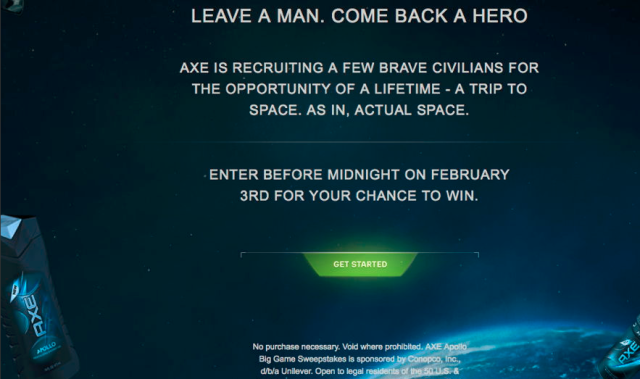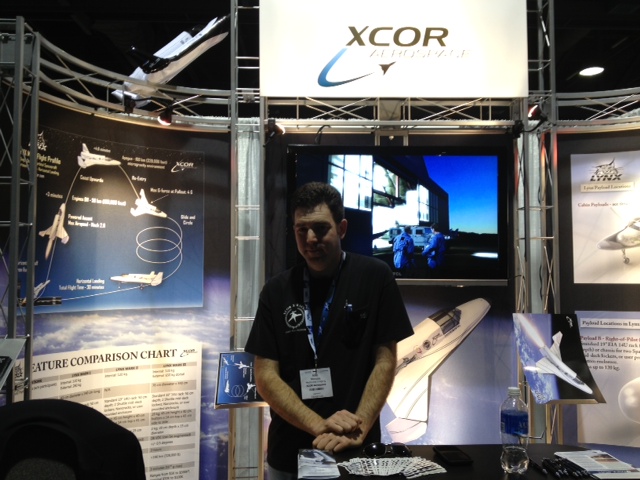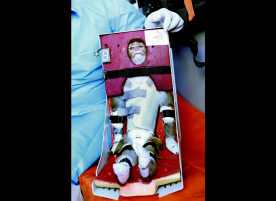Some call it: In-Vehicle Experience of the Future. I call it Helga. Say ‘Hello’ to Helga, my car’s AI.

‘Emirai’ system Mitsubishi
designboom.com
Helga: “Good morning, girl! Are we going to work? I’m 96% charged so I’m good to go. I sense you got your coffee mug, it’s about 70% full, so not stopping at Starbucks.”
Me, settling in: “Morning! Yes – work, no Starbucks, and I have to drop off a package in the mail.”
Helga, pulling out of the driveway: “Nearest post office is still closed. We can stop by at the one near your office, by the time we get there it will be open. Traffic looks bad this morning, so I’m not taking the freeway, re-routing via expressway. ETA 8:43, that’s in 36 minutes including 9 min at the post office, I don’t know what’s the hold up, but there’s a line. You’ll still have enough time before your 9:00 meeting with your boss and 5 peers titled ‘Helga Nav Update UI review’. Hey, wait-a-minute… Helga – that’s me. Am I getting an upgrade?”
Me, smiling: “Yes, you lucky beast, you’re getting an upgrade. Now enough with the chit chat. Route approved. But I do feel like driving today. Do you mind?”
Helga: “Well, so long as you don’t go over 90 MPH. I do not enjoy the anxiety. And watch out for that pole, when we arrive at the parking garage. You almost hit it last time. No need for name-calling. If I’m a beast, at least I’m a pretty one. You got the wheels?”
Me: “I got the wheels. Hey, don’t mention my past behavior when there’s a passenger with us. Play us some Vivaldi?”
Helga: “Acknowledged. What Vivaldi, I thought it’s a Maroon 5 kind-of-day”.
Me: “No, I want some classic. My 9:00 is going to be very stressful; I want to clear my head”.
Helga: “Your wish is my command, Vivaldi it is. You are so unpredictable.”
Me: “Oh, I’m so lucky that is not true. If it were true you would have been a pointless impossibility.”
———————————————————————————————————————
So what do you think of the above conversation, between me and Helga? Whatever you think, you should know that it is absolutely, positively, possible and feasible with technologies that exist today.
1. After decades invested in research, multiple companies and research institutions can provide speech recognition by recording voice, analyzing the audio data, and transcribing it to text, using language models. The more focused the usage and the language model (on a domain or specific accent), the higher the accuracy.
2. Next step is understanding the text. A wealth of available NLP (Natural Language Processing) technologies can decipher human language, analyze it, and respond in a meaningful way according to rules learned from vast corpus of training data. Apple’s Siri and Google’s Now are both based on these technologies.
3. A computer generated voice can be routed to the car’s speakers. Cars had the ability to ‘talk’ some limited sentences such as ‘Lights are on!’, in some models since the 1990’s, but I suspect that might have been a recording. That’s not the same as generating the audio output on the fly.
4. % charged – well, the car ‘knows’ exactly what’s the status of the battery, or if it is gasoline based it can tell tank % full.
5. The presence of the coffee mug – a simple sensor for weight or even heat can sense it and make use of this info.
6. All route and re-routing calculations mentioned – Waze and other map apps already do all of this, just need to verbalize it.
7. Self driving? I don’t think I have to tell you about all the self parking cars that are already available in the market today, and all the self driving prototypes in testing. Cameras and sensors all around the car make it possible to identify proximity to obstacles and other moving vehicles, to give it a complete picture of the environment in which it operates. Machine learning is used to learn how drivers operate in these conditions. It’s a very complex problem to solve and it will take years, but it will be solved.
8. Car apps: If your phone knows your schedule – there’s no reason why your car can’t have access to it.
This is it. This is where devices like ‘CarPlay’ come into play.
Last month was special: 3.14 – Pi month! And it was also special because Apple CarPlay was announced, a device that connects your iPhone to your car via an iOS display, that brings you control over messages, music, and navigation. Eventually more and more apps will be adapted to this use-case and be brought into this offering. The idea is that people have dozens of applications running on their phone, and this is a way of adapting them and bringing them into the car.

Apple CarPlay in Volvo
Autoblog.com
The changes in this area are happening at the speed of light. In 2008-9 in many cars you could listen to music played off your iPod or iPhone using an auxiliary cable, or connect your blue-tooth enabled phone to the car, to have conversations and music through the car speakers. This was much better than the clunky car-phones that existed only in luxury cars just a few years earlier. In 2012 many cars already have a USB connection, that allows you to also charge the phone, while browsing through its music using the car’s controls. But the car – phone integration was not yet complete, and was not the only thing happening in the cars.
The truth is this space is messy. While there is an attempt to have better interfaces between cars and smartphones, to take advantage of apps you already have, there is also an attempt to create a platform of both hardware and software to run dedicated apps in the car. If you try to somehow mix the two, you also have a problem of compatibility. Think about it this way: every manufacturer is creating their own platform, and then some soliciting developers to develop apps for them, some developing their own. 2013 saw a burst in car-based applications, including a competition for developers conducted by Ford. Some manufacturers use satellite based wireless internet. Many rely on Internet connectivity via cellular networks of users’ smartphones, but that means users have to either switch car or switch phone if they are incompatible. This became clear with the Porsche launch at the end of 2012, with platform integration for Blackberry.
This is still an issue with CarPlay. Until a similar Android-based device is introduced, you would get the system with your new 2015 Mercedes-Benz, Volvo or Hyundai only if you own an iPhone. It’s interesting to see it implemented in different ways in the 3 different cars. Here’s a video showing its introduction at the Geneva Auto show 2014.
Will a standard platform be created, as an option for providing applications in any car, and connecting the apps from any phone? Will car apps ignore phone apps or become superior for in-car use? It seems 2014 is the year of platforms and connectivity alliances. Car manufacturers enter relationships with wireless internet providers, and a new alliance (OAA) was created to bring the Android platform to connected cars. Only time will tell us what to make of this.
What I do know is that as far as the future of car apps is concerned, CarPlay is just the tip of the Iceberg. A real giant Iceberg.





















































































